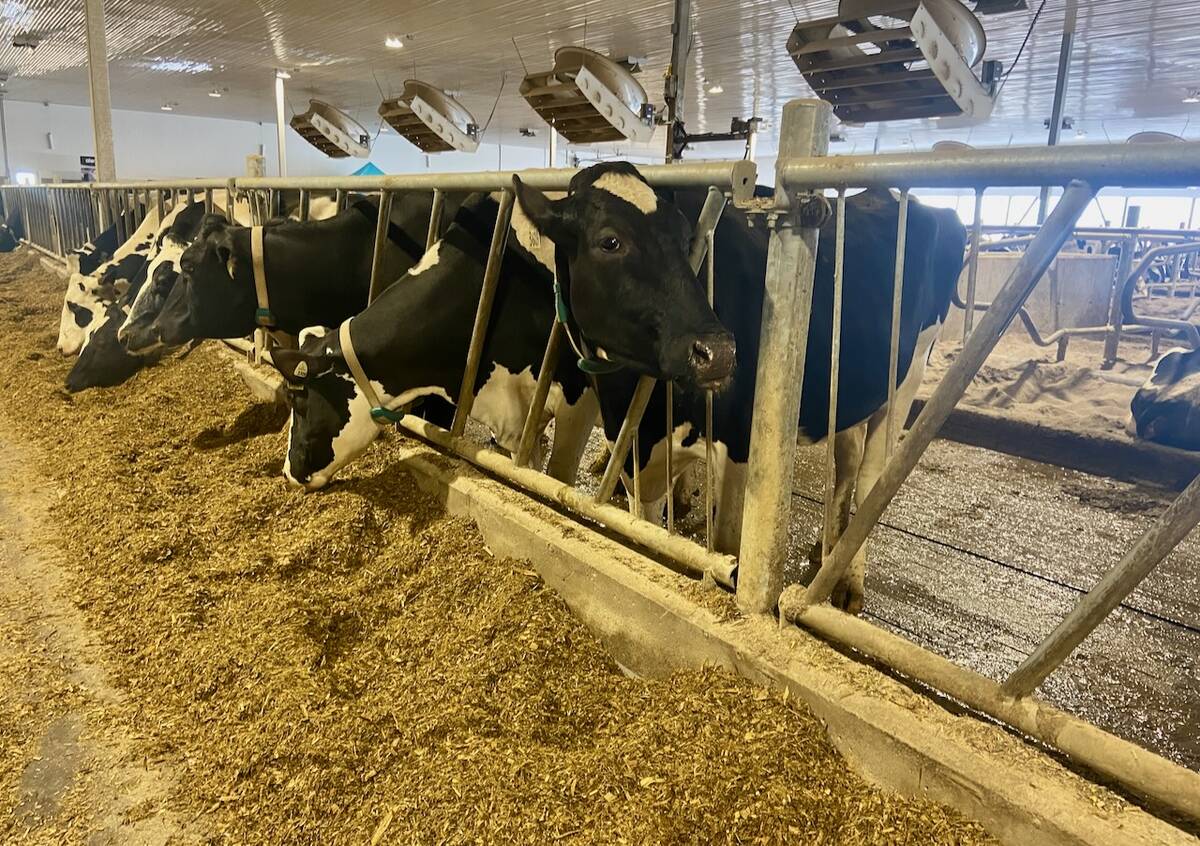By the begining of December, the Canadian Grain Commission had received more reports of rusty grain beetle infestations than it did in all of 1996-97.
“We already surpassed what we found in all of last crop year, and we are only a third of the way through the year,” said Blaine Timlick, grain commission entomologist.
To keep the situation under control, Timlick recommends a prevention program.
“We want to stress housekeeping as our number one goal on the farm and at the primary elevators too,” he said.
Read Also

U.S. farm group supports supply management
U.S. grassroots farm advocacy group pushing new agriculture legislation that would move towards supply management like Canada has for dairy industry
Insects are attracted to spilled grain and residue, so having clean trucks, handling equipment and bins will reduce the chance of infestation. Bins should also be regularly sampled.
Normally, the piercing cold of the Prairie winter kills the pests. Much milder weather so far this year won’t kill them, but aerating grain will slow the insects’ development.
If a bin is infested, there are three options for action.
The best might be to remove the grain, cool it and return it to the bin, especially if you use a grain vac.
Research from the Agriculture Canada cereal research centre in Winnipeg shows that moving grain with a vacuum kills most red flour beetles and rusty grain beetles at all stages of maturity, especially in wheat.
Augering can also kill them but it is less effective, and is poor at killing larvae.
It might be too cold for fumigation, Timlick said.
“The label recommendation for phosphine gas says 5 C. We don’t really like to recommend it below 10 C,” he said.
The effectiveness of the gas is affected by temperature and humidity. The dry air of winter is a problem.
Diatomaceous earth and malathion are considered preventative products because they kill on contact, but they can help if a bin is infested.
“If you are turning stock, you can add it when putting the grain back.”
However, the products might appear not to work if used on cool grain where insects are lethargic. If shipped soon after, bugs will appear when the grain samples are heated to detect insects.















